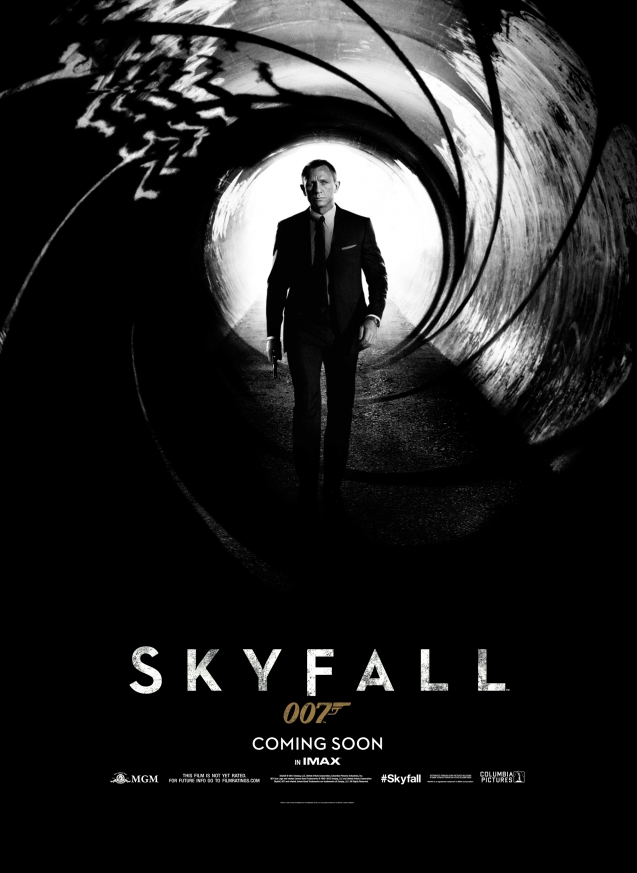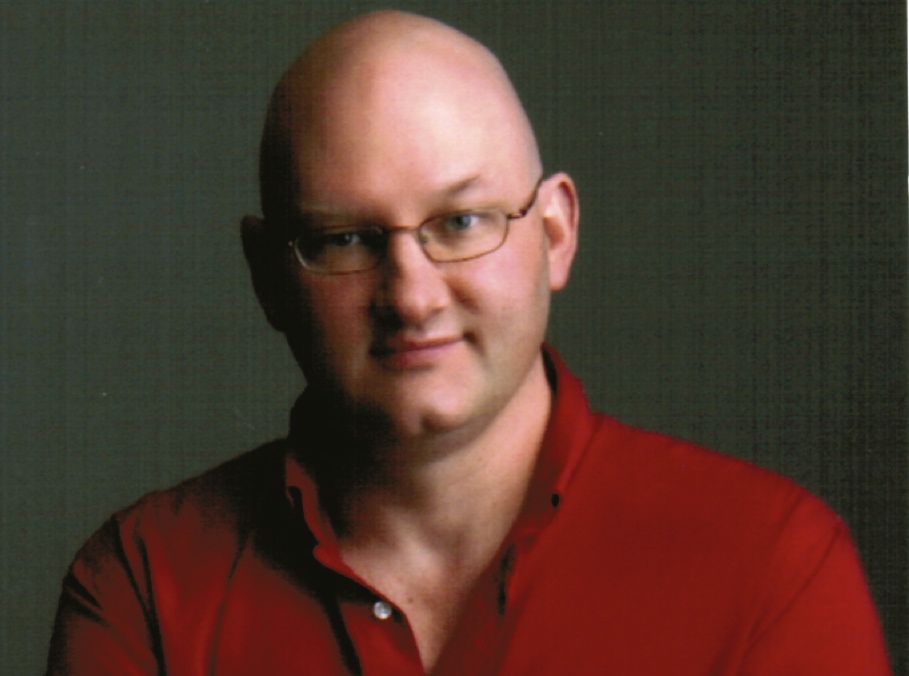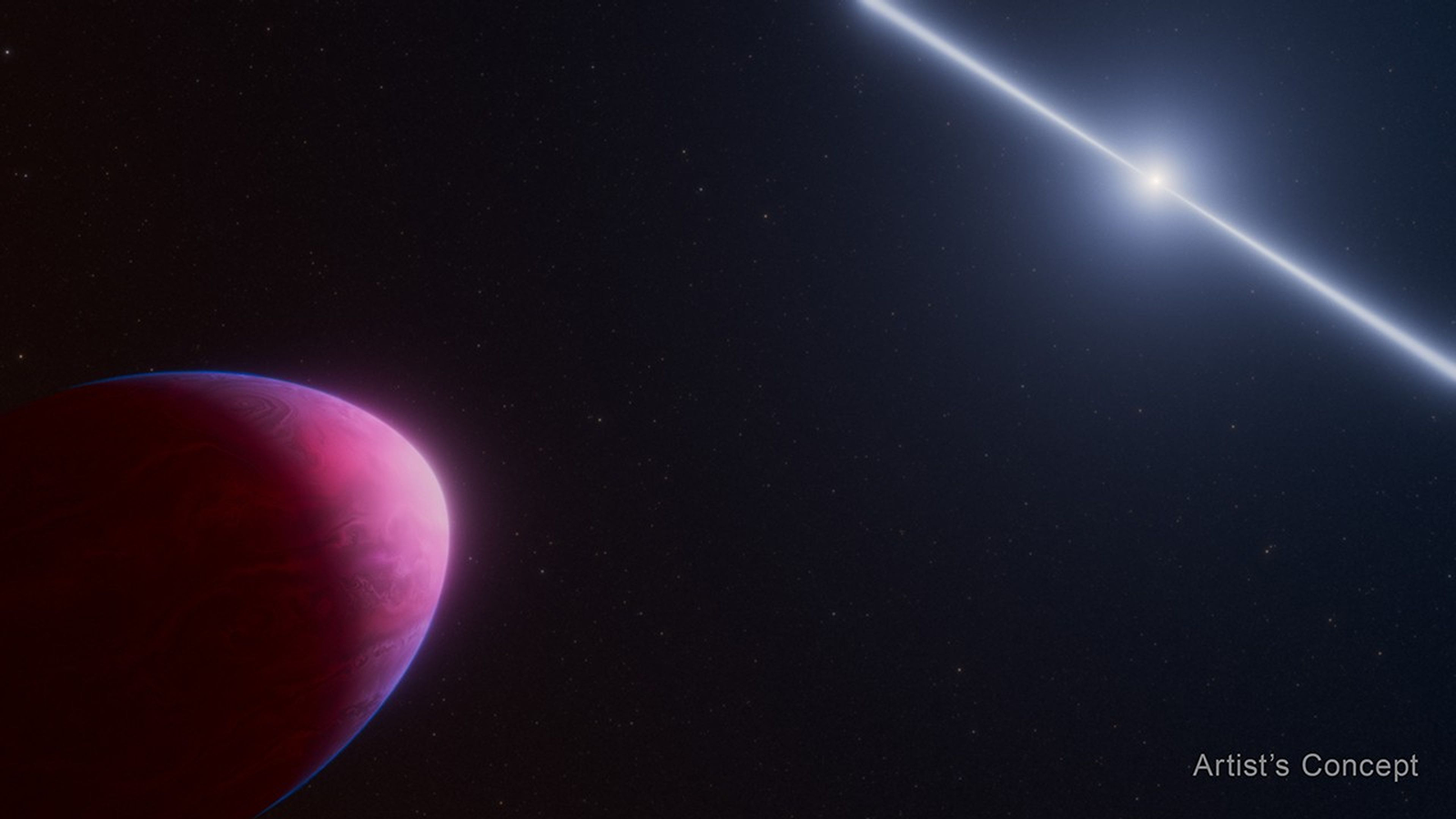Branding James Bond: Do Product-Placement Ads Work?


When James Bond and Séverine imbibe the suave secret agent's drink of choice, rather than an alluring vodka martini reaching their lips, a cold one, of the pale ale Heineken brand, does the trick.
While that and several other memorable scenes have grossed the franchise's latest, "Skyfall," a whopping $0.5 billion worldwide since the film opened two weeks ago — surpassing "Titanic" as the top 2D film in the United Kingdom — possibly the largest financial success can be seen in product placement.
Yes, Heineken paid $45 million to have their beer replace 007's venerable (and venerated) vodka martini — shaken, not stirred. The money also paid for a scene in which the dashing duo implies the beverage is the best pale lager on the planet.
So does Bond sell … Heineken and the like?
Advertisers seem to think so. Part of the reason the film is so financially successful is that much of its $200 million production costs were covered by advertisers wanting their products in the film, including Coke, Sony, Heineken, BMW, Omega watches and many others.
Scenes chockfull of "ads" have raised the hackles of many Bond fans, who argue the franchise sold out by shilling everything from BMWs to Pan American Airlines. But amid all the grousing about product placement and artistic integrity, one question has rarely been asked: Are these advertisers getting their money's worth? [The 5 Reasons We Still Love James Bond]
After all, just because James Bond is seen driving a particular type of car, or drinking a particular brand of beer doesn't mean that audiences will rush from theaters to buy that car and that beer.
Get the world’s most fascinating discoveries delivered straight to your inbox.
The answer is not cut-and-dried, Gail Tom, a professor of marketing at California State University, told LiveScience. "John Wanamaker's assessment of the effectiveness of advertisement offered in the 1900s — 'Half the money I spend on advertising is wasted; the trouble is I don't know which half' — rings true regarding the effectiveness of product placement," said Tom,author of "Consumer Behavior: A Primer" (Amazon Digital Services, Inc. 2011).
Tom notes that "in the movie 'E.T.', the little boy Elliot used Reese's Pieces to make friends with the alien. This is often cited as among the first successful product placements. Tom Cruise wore Ray-Bans in the movie 'Risky Business,' and shortly thereafter the sale of Ray-Bans increased. Tom Cruise wore Aviator sunglasses in 'Top Gun.' Shortly thereafter, sales of those sunglasses increased. These correlation findings would suggest that product placement works and more than pays for itself."
Tom cautions, however, that most of the high-profile examples of effective product placement in films occurred in a different time. "These examples of success occurred at a time when product placement was new and populated movies much less frequently than we find in today's movies," he said.
Today, due to media literacy efforts and increased exposure to advertisements, consumers are savvier to such marketing efforts and recognize ads for what they are.
The effectiveness of product-placement advertising also depends on the product and its audience. For example, no matter how many Heinekens or Big Macs James Bond consumes on-screen, Mormons and Muslims won't buy beer, and vegetarians and Hindus won't buy hamburgers. College students may crack open a Heineken, but the cool Omega watches and sleek BMWs will still be out of their price range. For these "high involvement" products, Tom says, "consumer decision-making is more deliberate. Seeing Bond drive a BMW might increase BMW's cool factor, but not many consumers will quench their thirst and run out and buy the car." [Top 5 Most Outrageous James Bond Gadgets]
Why is it so hard to know whether product placement works? Statisticians and scientists caution that correlation does not imply causation: Just because sales of a product featured in a film increase does not conclusively prove anything.
"To state that the advertisement(s) caused the change in sales," Tom said, "you have to prove that the increase in sales is not due to countless other factors like seasonal variation, competitors' activities, the general economy, other concomitant promotional events, changes in social value, current pop culture, and so on. To nullify these other competing explanations [can be] very difficult or impossible."
So was having James Bond quaff a Heineken on-screen worth $45 million? Heineken seems to think so — and that may be all that matters.
Benjamin Radford is deputy editor of "Skeptical Inquirer" science magazine and author of six books including "Media Mythmakers: How Journalists, Activists, and Advertisers Mislead Us." His website is www.BenjaminRadford.com.



